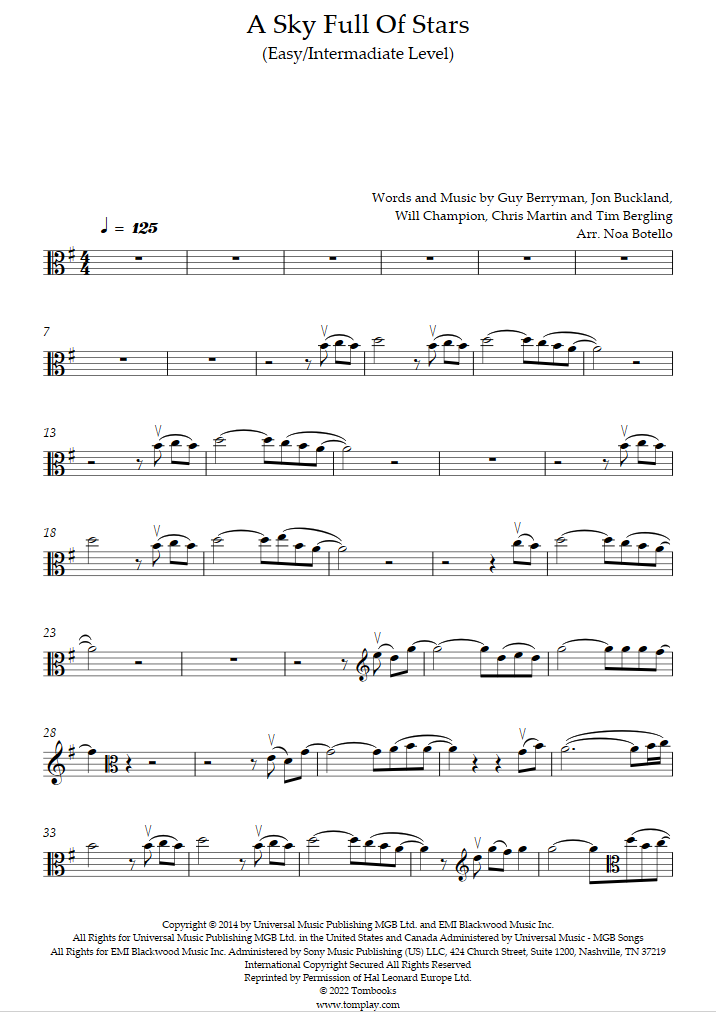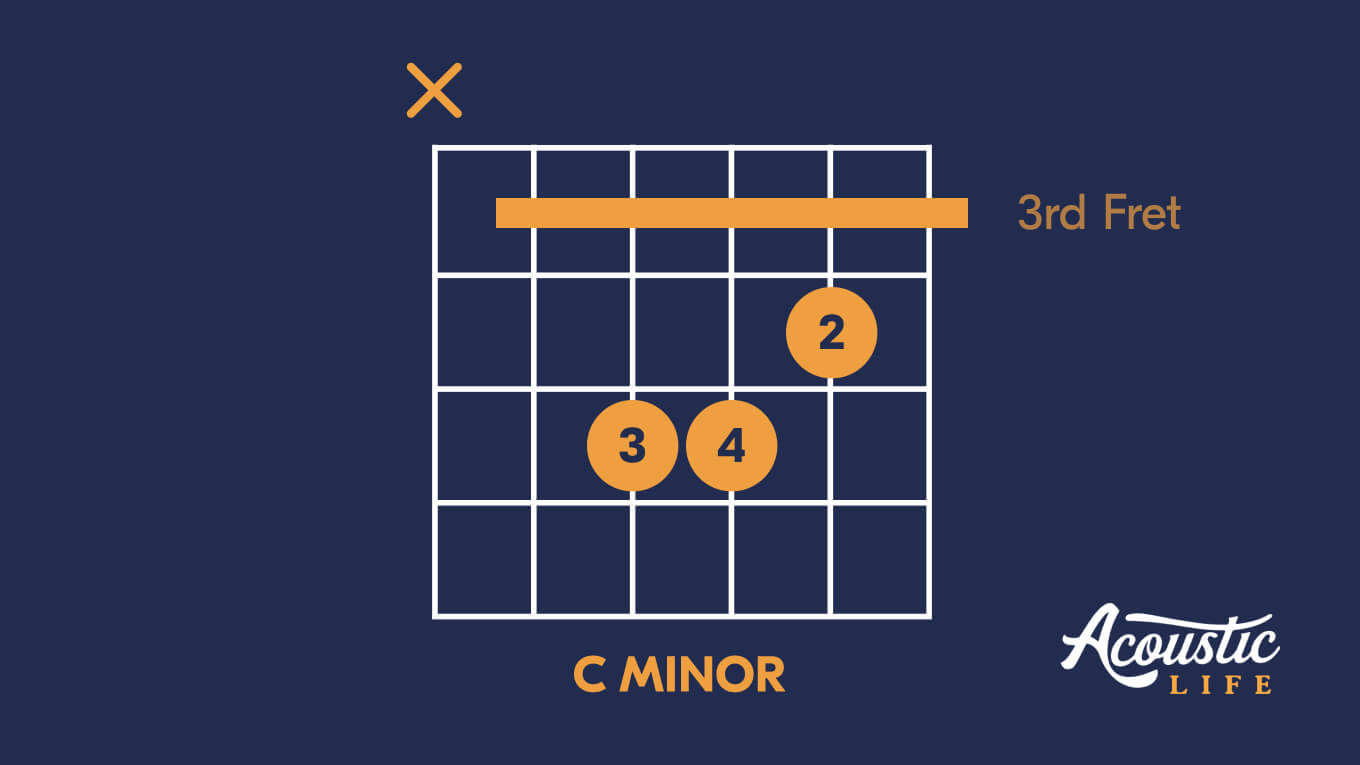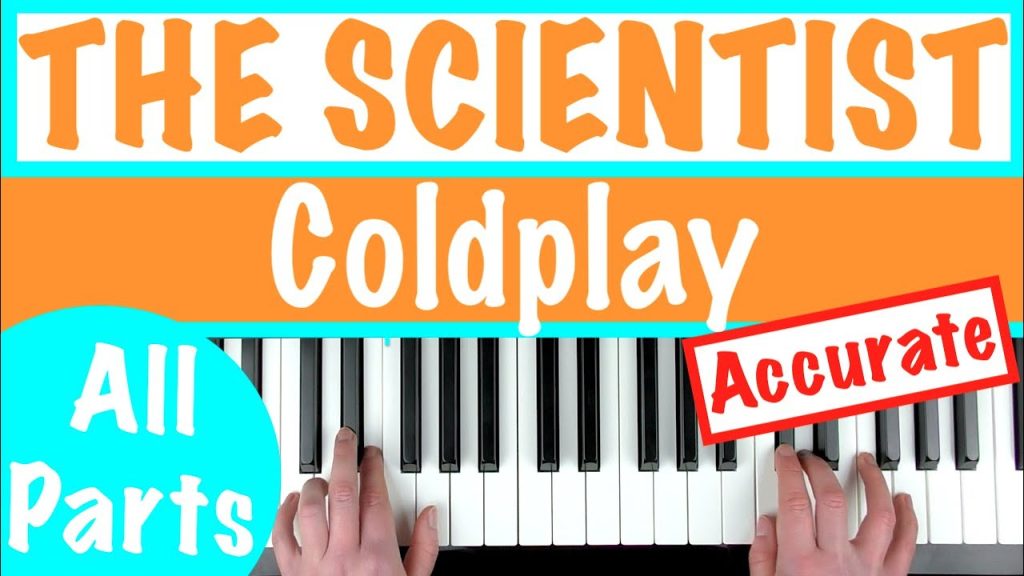Are you a music enthusiast looking to unravel the magic behind Coldplay’s timeless hit, ‘The Scientist,’ on the piano? Dive into a world of melodies and harmonies as we explore the mesmerizing piano chords of this iconic song. Coldplay, renowned for its vibrant music, strikes a chord with ‘The Scientist,’ where soulful lyrics meet poignant piano arpeggios. This blog will guide you through mastering the enchanting piano chords that define this beloved track. Whether you’re a seasoned pianist or just starting your musical journey, unlocking the secrets of Coldplay’s ‘The Scientist’ piano chords will unleash your inner musician and captivate your audience. Let’s embark on this musical journey together!
Coldplay’s special Moon Lounge experience in London today, organised by @parlophone 🌕 #MoonMusic
🌙✨ @_ColdplaysLove_ pic.twitter.com/aKc5Wc3uKP
— ColdplayXtra (@coldplayxtra) October 3, 2024
Introduction: Embracing Your Inner Musician
Music has a way of touching our souls and profoundly connecting with our emotions. If you’ve ever been captivated by the melodic tunes of Coldplay’s “The Scientist,” you understand the power of music to evoke feelings of nostalgia, longing, and hope. As you delve into mastering the piano chords of this iconic song, you are embarking on a journey to unleash your inner musician and explore the depths of your musical talent.
The Magic of Coldplay’s ‘The Scientist’
Released in 2002, Coldplay’s “The Scientist” remains a timeless masterpiece that resonates with audiences across generations. Its haunting melody and poignant lyrics have made it a favorite among music lovers worldwide. By learning to play the piano chords of this song, you will not only enhance your musical skills but also gain a deeper appreciation for the artistry behind this classic piece.
Connecting with the Emotions
Playing the piano chords of “The Scientist” allows you to immerse yourself in the vibrant journey crafted by Coldplay. Each note carries a story, each chord elicits a feeling, and as you master the intricacies of this song, you will find yourself delving into a world where music becomes a language of the heart.

Exploring Coldplay’s “The Scientist” Piano Chords
If you are a fan of Coldplay and looking to master their iconic song “The Scientist” on the piano, you’re in the right place. This song is a fan-favorite known for its captivating melody and emotional lyrics that resonate with listeners worldwide. Let’s dive into the piano chords of this timeless Coldplay hit.
Understanding the Chords
To play “The Scientist” accurately, you need to familiarize yourself with the basic chords used in the song. The primary chords you’ll be using are C major, F major, G major, and A minor. Each chord contributes to the hauntingly beautiful sound of the track, capturing the essence of Coldplay’s music style.
Mastering the Progression
Once you’ve learned the chords, focus on mastering the chord progression that repeats throughout the song. Start with the melancholic intro played with arpeggiated chords, leading into the powerful chorus that showcases Coldplay’s signature sound. Practice transitioning smoothly between the chords to capture the song’s emotional depth.
For a more advanced challenge, try adding variations and inversions to the chords to enhance the overall musicality of your performance.

Understanding The Structure of the Song
When mastering Coldplay’s “The Scientist” piano chords, understanding the song’s structure is crucial. The song follows a simple yet captivating pattern that resonates with listeners. It begins with a haunting piano introduction that sets the tone for the emotional journey ahead.
Verse and Chorus
The song transitions seamlessly between heartfelt verses and powerful choruses, showcasing Coldplay’s signature blend of melancholy and hope. Introspective lyrics and delicate piano melodies characterize the verses, while the choruses soar with anthemic chords and uplifting harmonies.
The contrast between the verse and chorus highlights the song’s dynamic range, drawing listeners in with its emotional depth.
Bridge and Instrumental Break
Midway through the song, the bridge is a poignant transition that builds anticipation for the climactic finale. The instrumental break provides a moment of respite, allowing the music to speak volumes without needing words.
- The bridge intensifies the song’s emotional impact, leading to a powerful resolution.
Mastering the Chords and Progressions
Mastering Coldplay’s “The Scientist” piano chords is a rewarding experience for musicians of all levels. Understanding the chords and progressions in this iconic song can enhance your piano-playing skills and overall musicality.
The Scientist Chord Progression
To play “The Scientist” accurately, you must familiarize yourself with the chord progression. The song follows a simple yet emotive progression of Em7, A7, Cadd9, G, D/F#, and Em. Practice transitioning smoothly between these chords for a seamless performance.
Tips for Mastery
Use the sustain pedal to create a dreamy effect during chord changes. Experiment with different voicings and inversions to add depth to the sound. Remember to play with feeling, as Coldplay’s music is known for its emotional delivery.
- Practice regularly: Dedicate time each day to perfect the chords.
- Watch tutorials: Online tutorials can offer valuable insights into playing “The Scientist” chords.
- Play along: Jamming with the original track can help you grasp the timing and nuances of the chords.

Tips for Playing with Emotion and Expression
When mastering Coldplay’s “The Scientist” piano chords, infusing your performance with emotion and expression is crucial to capturing the true essence. Here are some tips to help you play with feeling:
Understand the Lyrics
Before playing, take some time to understand the song’s lyrics. Connecting with the emotional content of the lyrics will help you convey the message through your music.
Focus on Dynamics
Pay attention to the dynamics of the piece. Practice soft and loud passages to create contrast and convey different emotions effectively.
- Use the sustain pedal strategically to enhance the emotional impact.
Practice Techniques to Enhance Your Skills
Improving your piano skills and mastering Coldplay’s ‘The Scientist’ piano chords requires dedication and consistent practice.
Consistent Practice Schedule
Create a practice schedule that includes daily sessions focusing on chords, melody, and rhythm.
Consistency is key to mastering the intricate piano chords of Coldplay’s iconic song.
Hand Positioning and Technique
Ensure correct hand positioning and posture to avoid strain and improve dexterity.
Practice scales and finger exercises to strengthen your hand muscles.
Use of Metronome
Practice with a metronome to develop a steady sense of rhythm and timing.
Start slow and gradually increase the tempo as you gain proficiency.
Breaking Down Difficult Sections
Mastering Coldplay’s “The Scientist” piano chords can be challenging, but breaking down difficult sections can make learning more manageable and enjoyable. You can focus on mastering each section by dissecting the song into smaller parts before putting it all together.
Understanding the Chord Progressions
Start by identifying the chord progressions used in “The Scientist.” Practice transitioning between these chords to improve your playing technique and musical fluency.
Mastering the Intro Section
Focus on mastering the intro section of the song, which sets the tone for the rest of the piece. Pay attention to the dynamics and emotions conveyed through the notes to capture the song’s essence.
- Practice playing slowly at first to emphasize every note.
- Use your fingering technique to ensure smooth transitions between chords.
Frequently Asked Questions
- What basic piano chords are used in Coldplay’s ‘The Scientist’?
- The basic piano chords in Coldplay’s ‘The Scientist’ are primarily Bm, G, D, and A.
- Are there any specific patterns or techniques while playing ‘The Scientist’ on the piano?
- One homotypical pattern for ‘The Scientist’ involves arpeggiating the chords flowingly to mimic the song’s original feel.
- How can I improve my piano skills to master playing ‘The Scientist’ like a pro?
- To improve your piano skills for ‘The Scientist’ or any song, consistent practice, focusing on chord transitions, hand coordination, and dynamics is key.
- Can beginners learn to play ‘The Scientist’ piano chords?
- Yes, beginners can learn to play ‘The Scientist’ piano chords by breaking down the song into smaller sections, practicing each part slowly, and gradually increasing speed.
- Are there any online resources available to help me learn ‘The Scientist’ on the piano?
- Yes, plenty of online tutorials, sheet music, and video lessons can help you learn and master playing ‘The Scientist’ on the piano.
Unlock Your Musical Potential: Conquering Coldplay’s ‘The Scientist’ Piano Chords
Mastering Coldplay’s ‘The Scientist’ piano chords is a fulfilling journey that allows you to unleash your inner musician. By delving into the emotional depths of this iconic song, you enhance your piano skills and connect with the heartfelt lyrics and melodies crafted by Coldplay. Remember, practice makes perfect, so approach learning the chords with dedication and patience.
This blog taught you the fundamental piano chords required to play ‘The Scientist’ like a pro. Embrace the process, enjoy the music, and let your passion drive you towards musical mastery. So, grab your piano, immerse yourself in the haunting beauty of Coldplay’s masterpiece, and let the music resonate deep within your soul.






